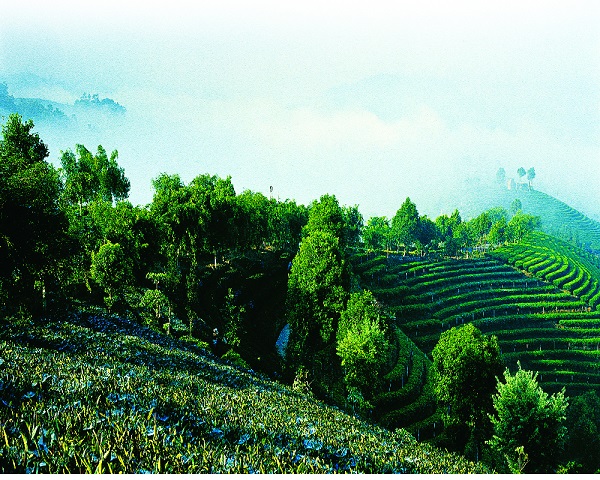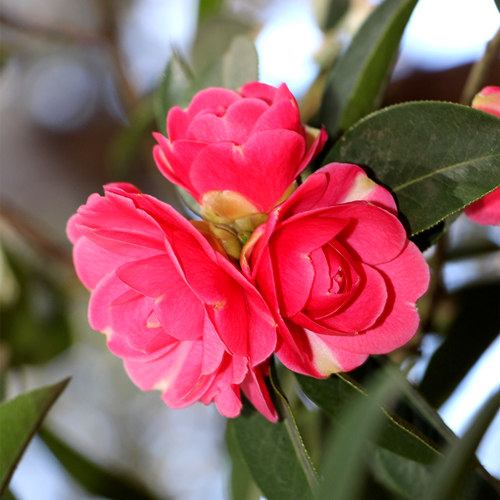
Detailed Introduction to Hekou County of Honghe Prefecture
Overview
Hekou Yao Autonomous County (河口瑶族自治县) is located at the southernmost tip of Honghe Prefecture in Yunnan Province, bordering Lào Cai Province in northern Vietnam. Known as the "Southern Gateway" of Yunnan, Hekou plays a pivotal role as a border trade port and a cultural crossroads for diverse ethnic groups, especially the Yao people. The county combines important economic functions, rich ethnic culture, and scenic landscapes along the Red River, offering visitors a unique blend of natural beauty and borderland vibrancy.
Geography and Climate
Area: Approximately 917 square kilometers
Location:
South of Honghe Prefecture
Borders Vietnam across the Red River (Yuanjiang)
Adjacent to Jinping, Maguan, and Mengla counties
Topography:
Mountainous with river valleys and subtropical lowlands
The Red River runs through the county, serving as a natural border
Climate:
Subtropical monsoon climate
Warm, humid, and rainy summers with mild winters
Average annual temperature around 19°C to 22°C
Annual precipitation about 1,500–1,800 mm, mainly during May to September
Population and Ethnic Composition
Population: Around 140,000
Ethnic Groups:
Majority are Yao people (hence the autonomous designation)
Also home to Han, Hani, Yi, Dai, and Zhuang minorities
The Yao in Hekou are known for their distinctive cultural customs, dress, and language
Historical and Economic Significance
Hekou has a long history as an important border trading post between China and Vietnam, especially since the opening of the Hekou–Lào Cai border crossing
The Hekou Port serves as a major hub for the import and export of goods such as agricultural products, timber, and manufactured items
The county benefits from its position on the Kunming–Hekou Railway, part of the Chinese–Vietnamese railway connection facilitating regional commerce
Recent years have seen increased investments in infrastructure, cross-border trade zones, and tourism facilities
Culture and Ethnic Traditions
The Yao people have a vibrant cultural heritage in Hekou, characterized by:
Colorful traditional clothing, especially during festivals
Rich oral literature, folk songs, and unique musical instruments
Traditional festivals such as the Panwang Festival honoring ancestors
Other ethnic groups contribute to a rich tapestry of cultural expressions, including Hani terraced rice fields and Dai water-splashing festivals
Natural Attractions
Red River (Yuanjiang) scenic areas offer river cruises and picturesque landscapes with lush vegetation and dramatic cliffs
Nearby mountains and forests provide hiking and nature exploration opportunities, with diverse flora and fauna
Ping’an Scenic Area and Yao villages allow cultural immersion experiences
Border landscapes blending Chinese and Vietnamese natural and cultural elements
Transportation and Accessibility
Hekou Railway Station is a key border railway station connecting with Vietnam’s rail network
Well-developed road network links Hekou to Honghe Prefecture's other counties and to Kunming, the provincial capital
The Hekou–Lào Cai border crossing is one of the busiest on the China-Vietnam border, facilitating passenger and freight transport
Growing infrastructure projects aim to improve logistics, tourism, and trade efficiency
Economic Development and Trade
Cross-border trade remains the backbone of the local economy, with Hekou positioned as a regional trade and logistics center
Agricultural products such as tropical fruits, tea, and rubber play important roles
Development of border economic cooperation zones fosters investment and cultural exchanges
Promotion of tourism focusing on ethnic culture, historical sites, and natural beauty
Conclusion
Hekou County stands as a vibrant gateway linking China and Vietnam, with a unique blend of ethnic diversity, borderland commerce, and natural scenery. Its role as a trade hub and cultural crossroads enriches the broader Honghe Prefecture and provides opportunities for economic growth and cultural preservation. Visitors to Hekou can explore the harmony between ancient traditions and modern development, along with the breathtaking beauty of the Red River valley and surrounding hills.



